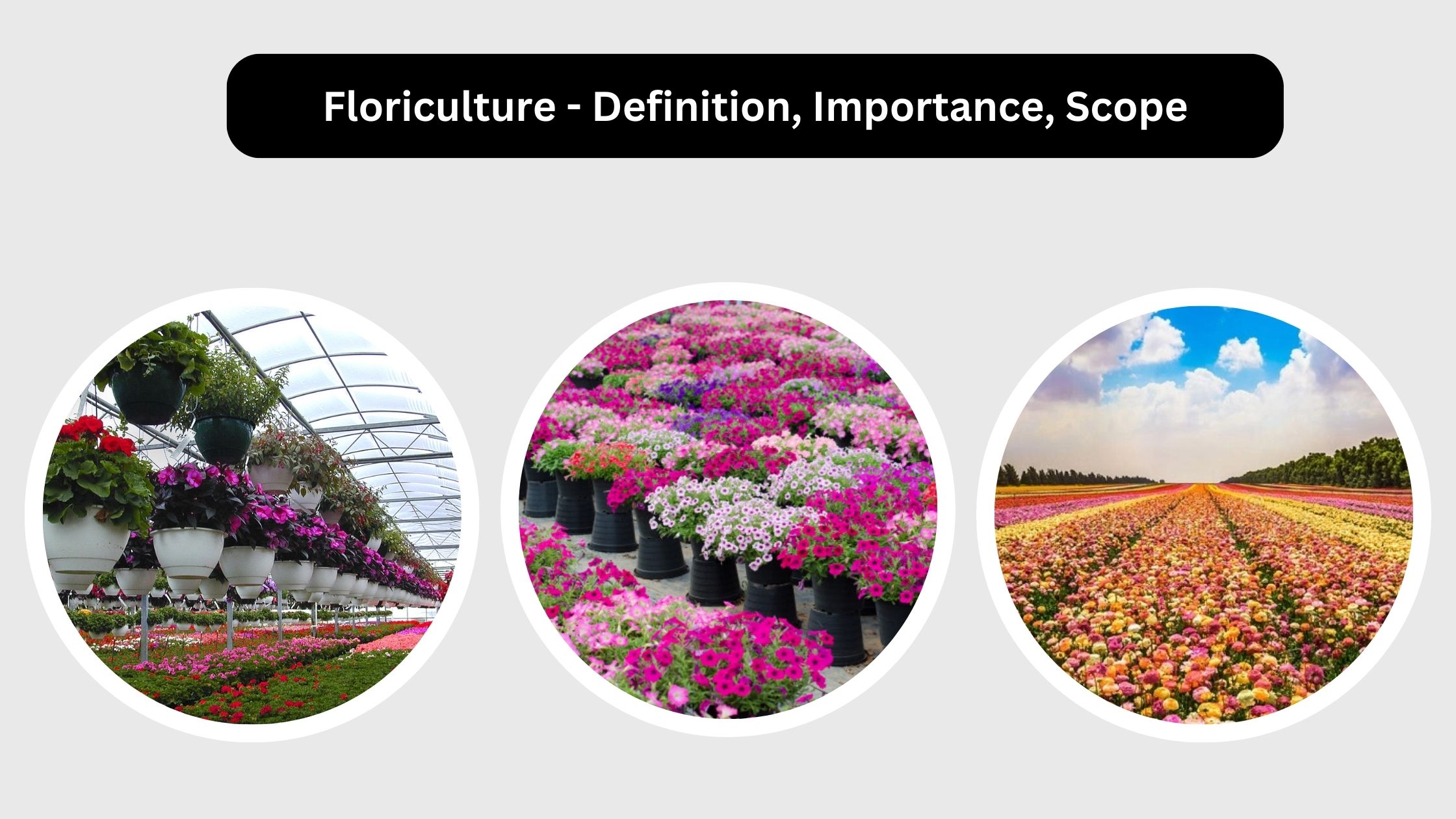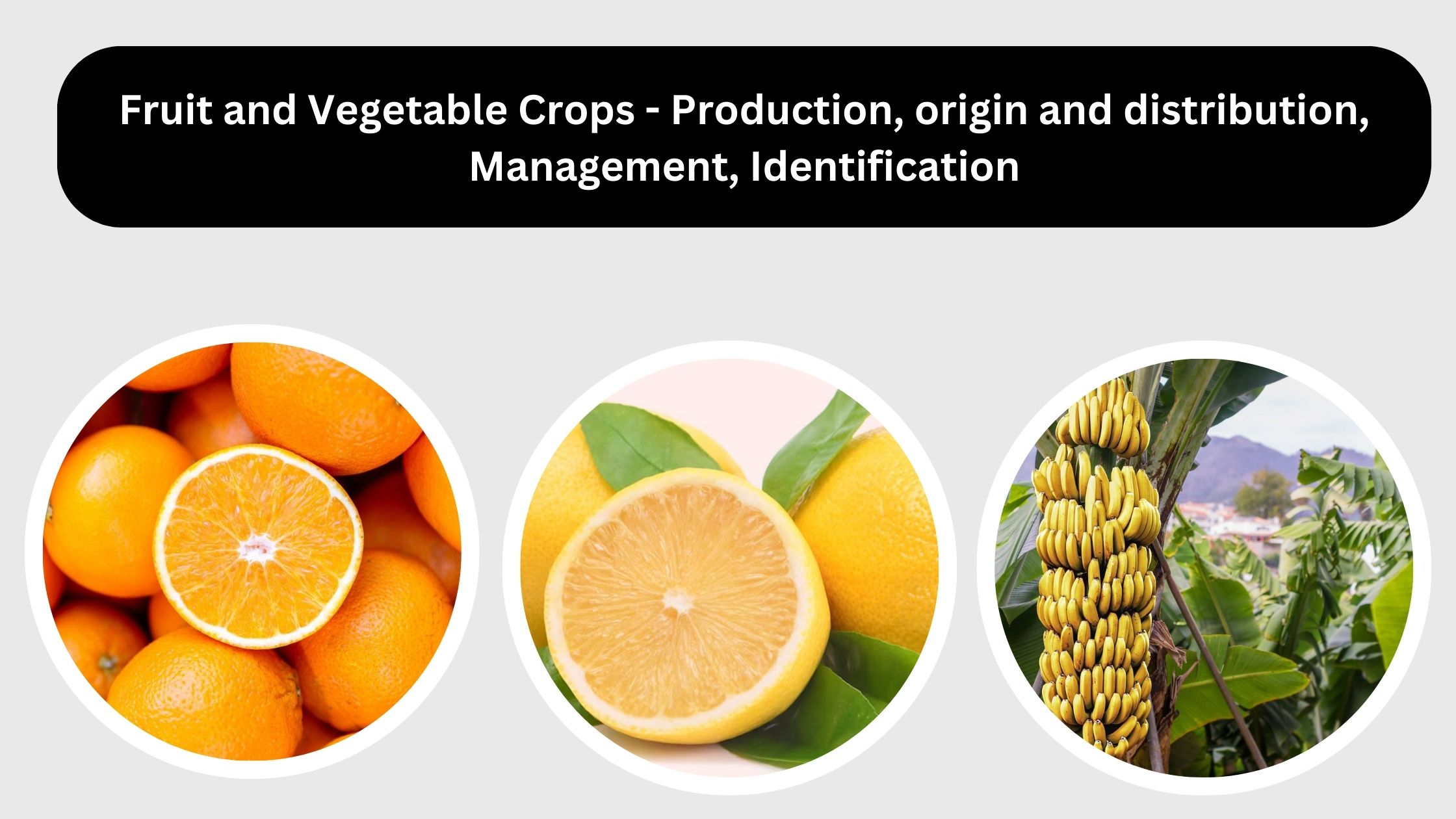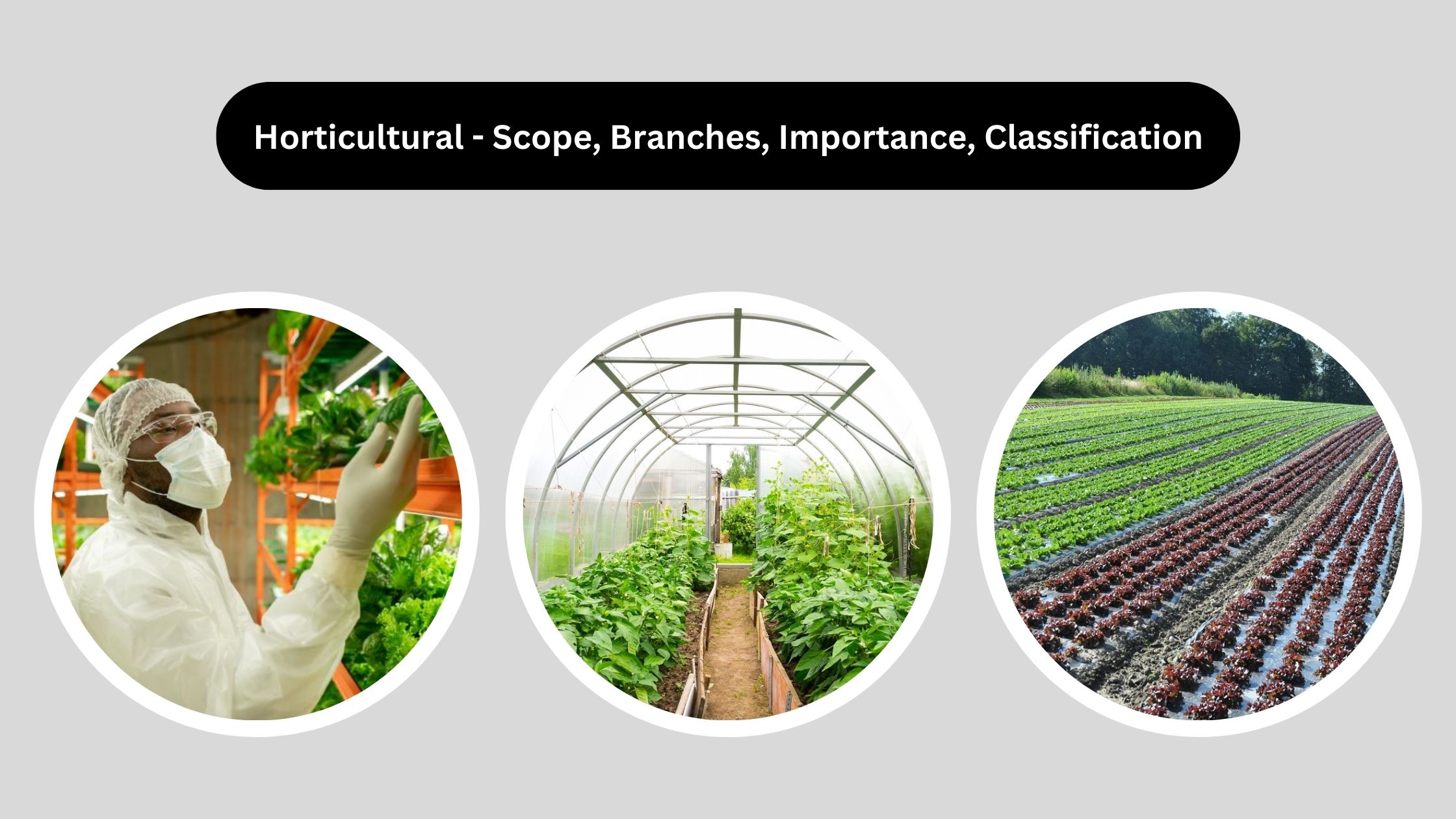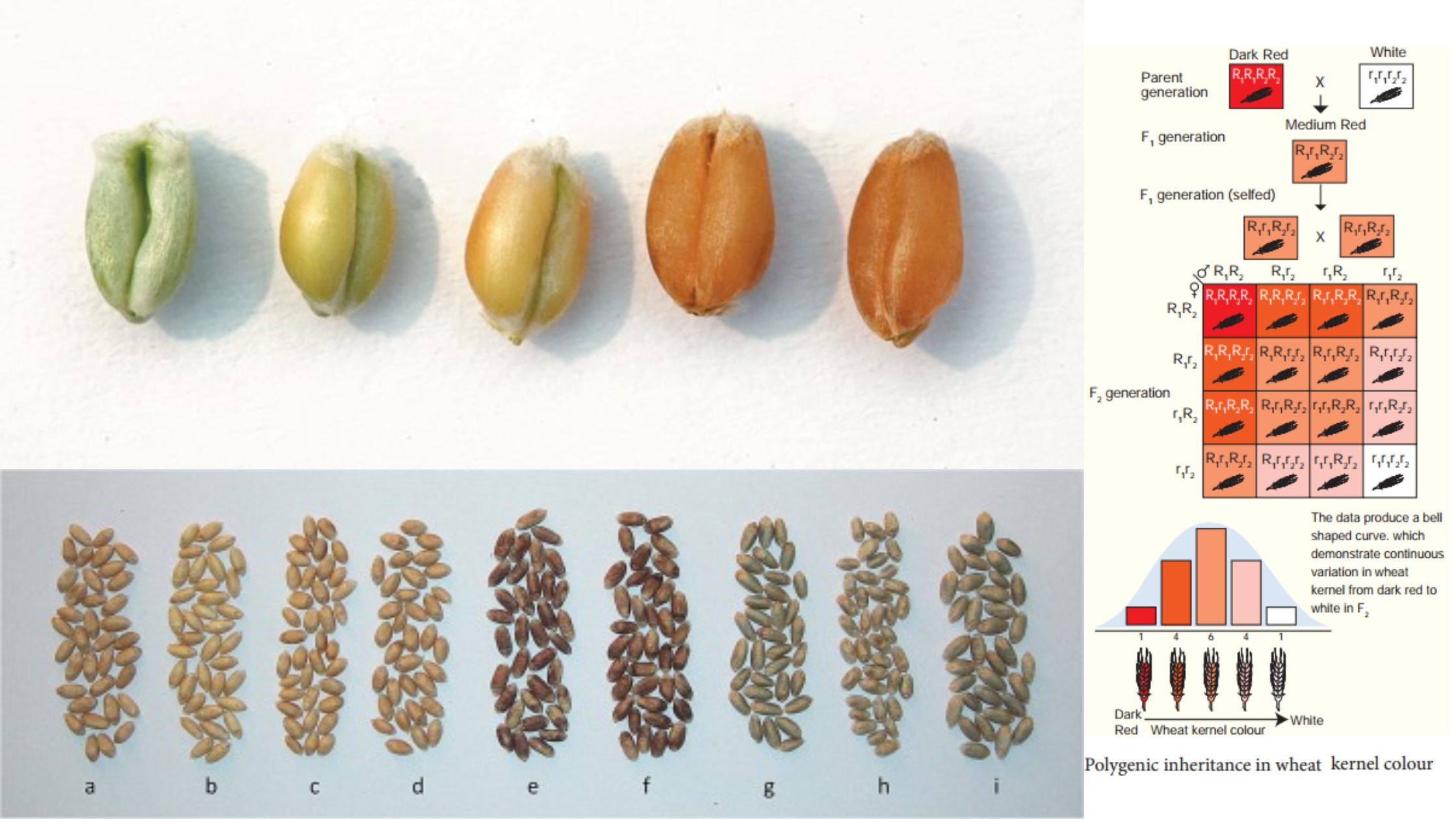Floriculture – Definition, Importance, Scope
What is Floriculture? Definition of Floriculture Floriculture is a branch of horticulture that focuses on the cultivation, management, and marketing of flowering and ornamental plants, including flowers, foliage, and other decorative plants, for use in gardens, landscaping, and the floral industry. Importance and uses of floriculture Floriculture plays a crucial role in various sectors due … Read more









